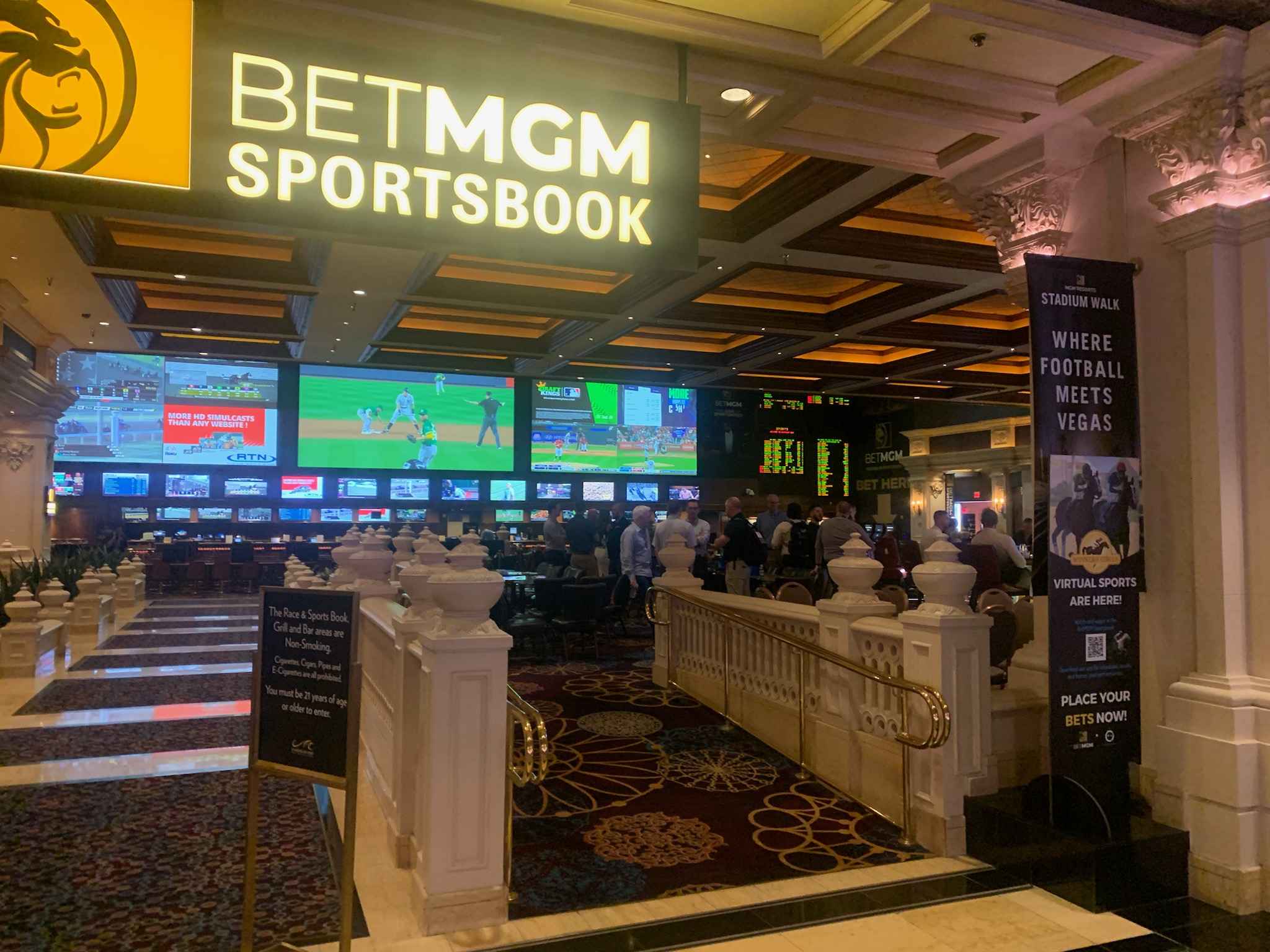More Than Half of Americans Say ‘Yes’ to Payments to College Athletes Participating in Revenue Generating Sports

| Respondents to a Seton Hall University Sports Poll were asked if student athletes should be financially compensated for participating in revenue producing sports, above their scholarships and a cost of attendance stipend. The numbers were in favor and up from last year, with 55 percent of the general population, 62 percent of sports fans and 71 percent of avid fans in agreement, as opposed to 47, 55 and 64 percent a year ago.
[2023] Do you think student athletes should be financially compensated, in addition to a scholarship and cost of attendance stipend, for participating in revenue producing sports, such as basketball and football?
[2022] Do you think student athletes should be financially compensated, in addition to a scholarship and cost of attendance stipend, for participating in revenue producing sports, such as basketball and football?
Data from the March 2022 Seton Hall Sports Poll These were among the findings of a Seton Hall Sports Poll conducted last week among 1,553 adults across the country. The poll featured a national representative sample from YouGov weighted on U.S. Census Bureau figures for gender, age, ethnicity, education, income and geography and has a margin of error of +/- 2.5 percent. Two-Thirds of General Public Say Student Athletes Should See Payments for NIL While student-athletes are not directly receiving a revenue share, they can at least profit from the use of their name, image and likeness. A huge percentage of the U.S. population – 66 percent of the general public, 72 percent of sports fans and 79 percent of avid fans – think that student athletes should be allowed to profit from the use of their name, image and likeness (NIL), These numbers are consistent with last year’s Poll. Those who believed that student-athletes should share revenues with the rest of the team’s roster was notably up, as was the number who thought a college should be able to block NIL agreements if it felt the endorsement, etc., went against the mission statement or the values of the institution. “The global microinfluencer market is estimated to be a $16 billion industry,” said Daniel Ladik, Marketing Professor in the Stillman School and chief methodologist to the Poll. “These student-athletes play a prominent role in the sports media industry. These college athletes as participants are arguably the prime influencers of products and services for a college sports audience. And NIL agreements help to rectify a market in which almost everyone gets paid except the athletes.” [2023] Do you think student athletes should be allowed to profit from the use of their name, image, or likeness?
[2022] Do you think student athletes should be allowed to profit from the use of their name, image, or likeness?
Data from the March 2022 Seton Hall Sports Poll [2023] Should colleges and universities require some portion of any payments from an athlete’s name, image, and likeness to be shared with the full roster of that athlete’s team?
[2022] Should colleges and universities require some portion of any payments from an athlete’s name, image, and likeness to be shared with the full roster of that athlete’s team?
Data from the March 2022 Seton Hall Sports Poll [2023] Should colleges and universities have the power to block name, image, and likeness agreements if they conflict with or are deemed contrary to the stated mission statement or values of the college or university?
[2021] Should colleges and universities have the power to block name, image and likeness agreements if they conflict with or are deemed contrary to the stated mission statement and/values of the college or university?
Data from the May 2021 Seton Hall Sports Poll |
